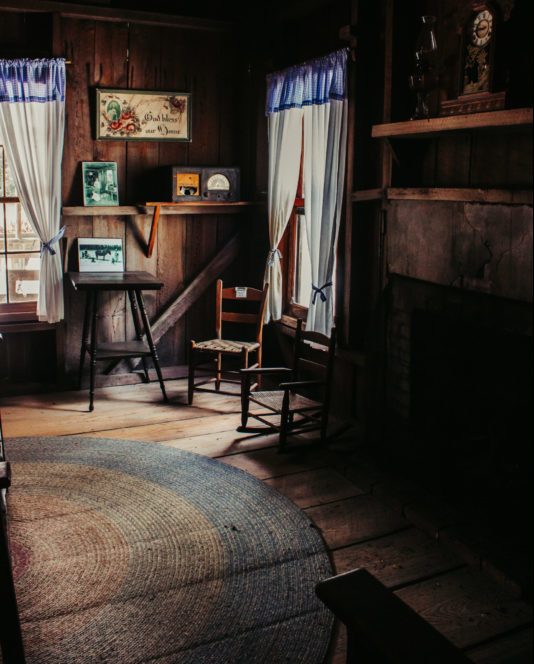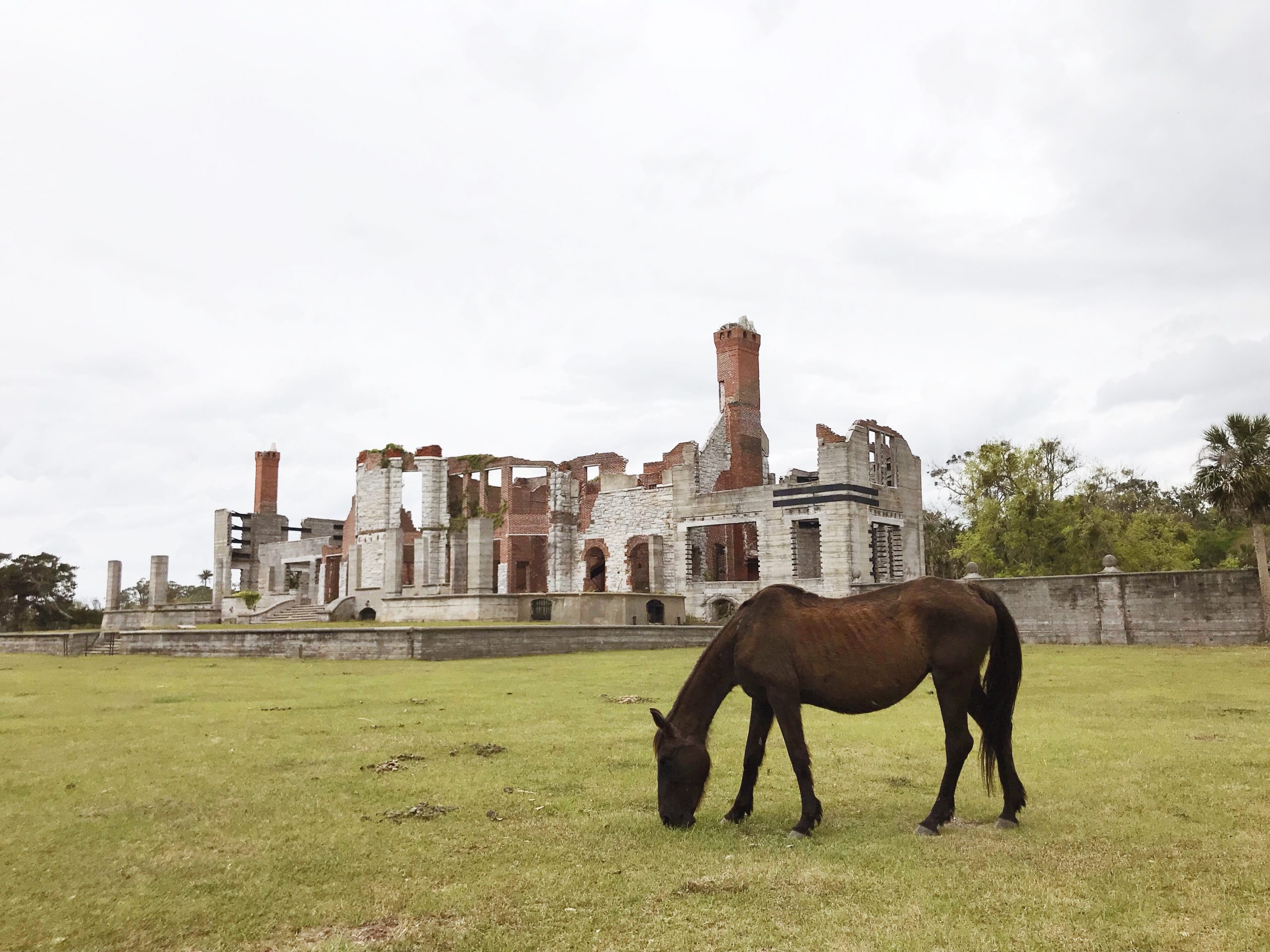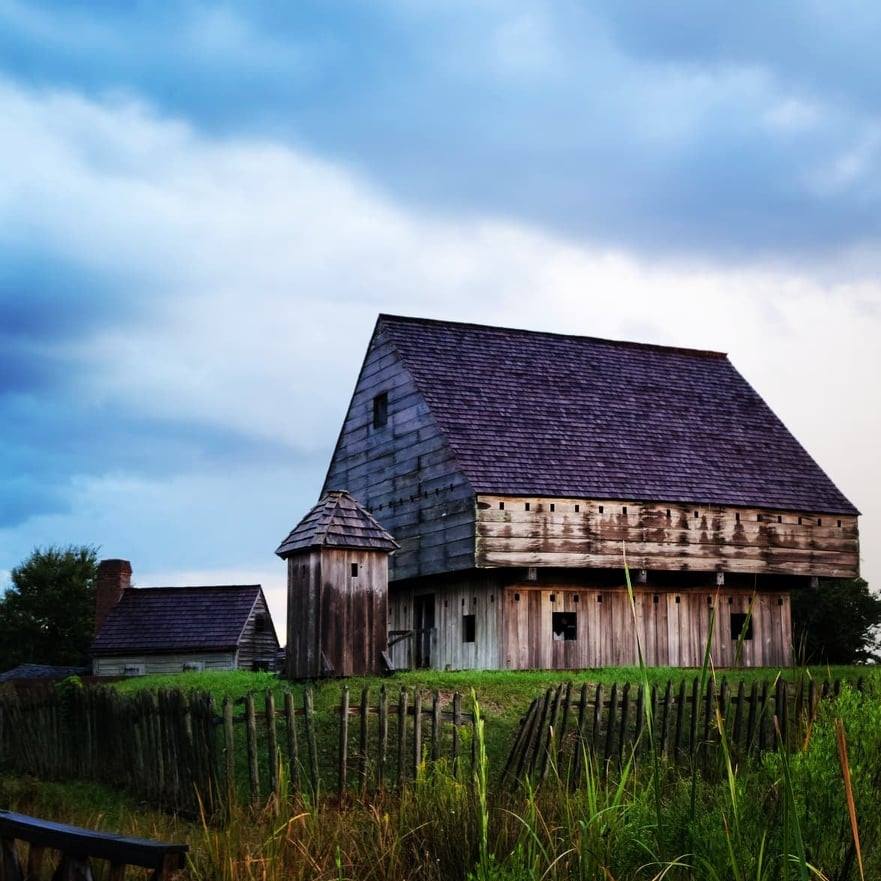Must-Visit Southern Georgia Historical Sites Part I
The rich history of the south has deep roots in this part of Georgia. With the State being one of the original 13 colonies, Georgia’s history dates to America’s inception. Fortunately, many sites in our region have been preserved to help us better understand how our ancestors lived and what it took to survive. This list is the first in a series of must-visit historical sites in Southern Georgia.
Fort King George | Darien
Having its 300th birthday last October, Fort King George is the oldest fort on Georgia’s coast. Built when King’s law still ruled in the state, the site was the southernmost outpost of the British empire on the entire continent. The constant threat of attacks from the Spanish colony in Florida and the local native tribes forced the British to abandon the base after only seven years. The fort sat vacant for a time until Scottish Highlanders settled in the surrounding area and established the settlement we now call Darien. Although it was not inhabited for very long, the fort’s construction played a significant part in legitimizing the Georgia territory as a colony. In the three centuries that it has stood, Fort King George has seen the influence of four separate countries, including the growth and formation of the city of Darien. Today the fort allows visitors to discover this rich history with different tours, trails, presentations, and reenactments. Campouts are available for purchase, enabling patrons to experience the park by night. For a complete list of attractions and events, head to https://gastateparks.org/FortKingGeorge or https://www.facebook.com/FortKingGeorgeSHS

The Chesser Island Homestead | Folkston
The Okefenokee Swamp holds an enormous amount of natural beauty and contains historical significance. After you adventure through the towering pines of the swamp, you will come to the Chesser Homestead. The entire property is a testament to the 19th Century settlers that braved the “Land of Trembling Earth.” The inside of the main home is furnished with period furniture and decorations. Numerous smaller buildings surround the house, including a smokehouse, hogpen, and a syrup shed. Seeing the property is one adventure; seeing what the settlers had to live through is another. Deep within the swamp on the Chesser Island Boardwalk, hike and experience what the past locals experienced every day. The boggy swamp waters hold plenty of fish, snakes, insects, and other creatures that homesteaders had to contend with daily. The hike ends at an observatory tower; when you climb the steps and view the incredible vastness of the Okefenokee, you leave with a better understanding of what it took to survive
the swamp decades ago.
Cumberland Island National Seashore | St. Marys
The shores of Cumberland Island contain some of the richest historical sites in the region. The National Park has plenty of historical attractions and natural majesty to satisfy the appetite of any history buff. Initially built in 1884, the Dungeness Mansion was the winter residence for Andrew Carnegie’s younger brother Thomas and his family. Carnegie didn’t get to experience the extravagance of the property for very long because he passed away from pneumonia in 1886. His wife Lucy and their nine kids lived at the residence until 1916. Numerous remodels and additions expanded the home to over 30,000 square feet during those years. Unfortunately, a fire destroyed most of the mansion in 1959. Visitors are welcome to walk through what remains during their visit. One of Carnegie’s sons, George, also has a home on the island. The Plum Orchard Mansion was built as a wedding gift to him and his wife Margret in 1898. The 22,000 square foot mansion is entirely intact and allows visitors a first-hand look at the luxurious Carnegie lifestyle. Patrons shouldn’t leave the island before visiting the First African-American Baptist Church. The simplistic dwelling is one-room, initially built in the late 1800s, and was the only church for African-Americans who lived on the island.
There is a lot to explore and experience inside the park! We urge you to check https://www.nps.gov/cuis/planyourvisit/index.htm before you visit.



